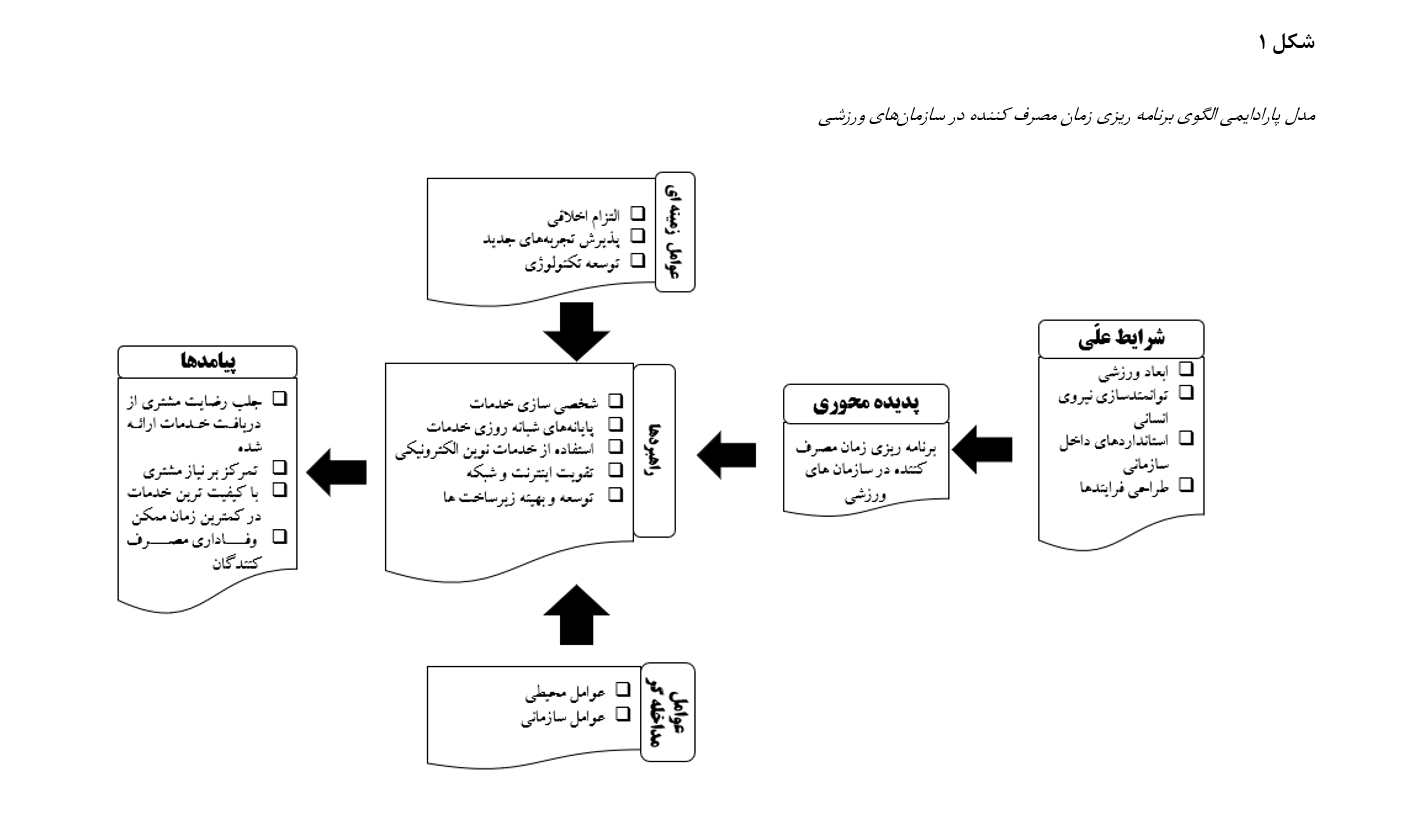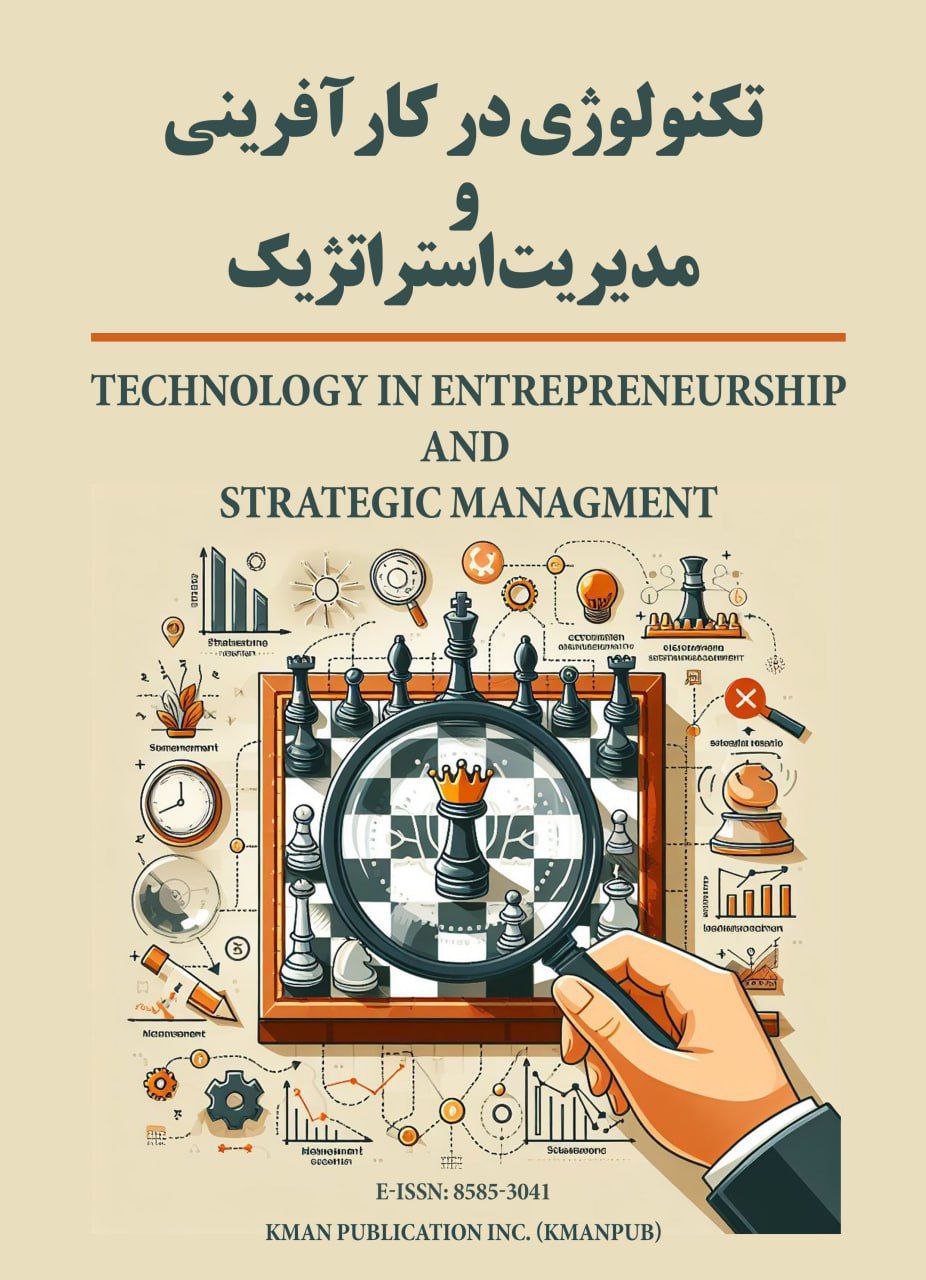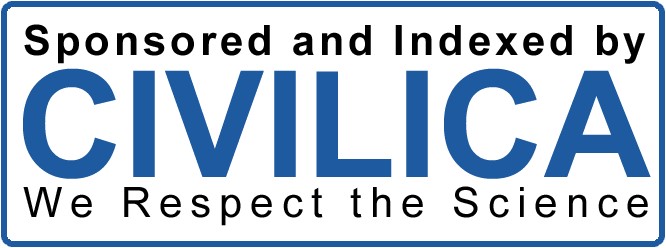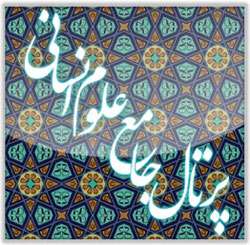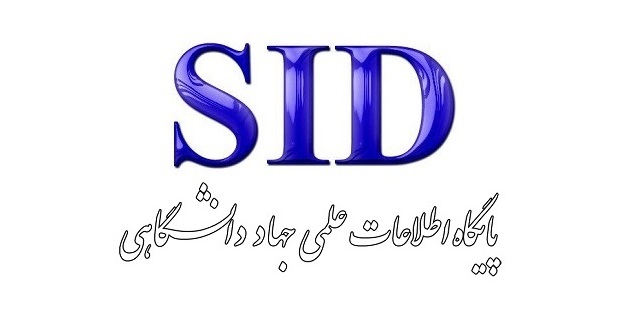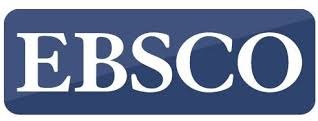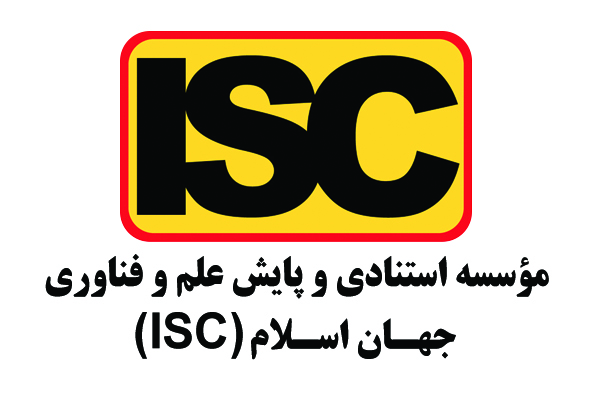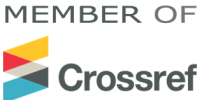الگوی برنامه ریزی زمان مصرف کننده در سازمانهای ورزشی
کلمات کلیدی:
زمان مصرف کننده, زمان انتظار مشتری, ارتباط با مشتری, مصرف کننده ورزشیچکیده
با توجه به اهمیت مدیریت زمان در سازمانهای ورزشی، این پژوهش به دنبال طراحی یک الگوی جامع برای برنامهریزی زمان مصرفکننده است تا با بهبود بهرهوری و افزایش رضایت مشتریان، به موفقیت پایدار سازمانهای ورزشی کمک کند. پژوهش حاصر از نوع امیخته کمی-کیفی است که در بخش کیفی با روش داده بنیاد و بخش کمیبا روش پیمایشی انجام شد. در بخش کیفی جامعه مورد مطالعه خبرگان صاحب نظر وزارت ورزش و جوانان و اساتید دانشگاه بودند که به روش گوله برفی و در حد اشباع نظری تعداد 15 نفر به عنوان نمونه انتخاب شدند همچنین در بخش کمیجامعه آماری مدیران وزارت ورزش و جوانان و فدراسیونهای ورزشی که تعداد آنها برابر 155 نفر میباشد به روش فرمول کوکران تعداد 110 نفر از خبرگان انتخاب شدند. پرسشنامه محقق ساخته بر اساس عوامل استخراج شده از نظرات خبرگان شامل 62گویهای بود استخراج شد که بعد از اعتبار سنجی به روش لاوشه 5 گویه حذف شدو نهایتا پرسشنامهای با 57 گویه توزیع شد. یافتهها نشان داد بر اساس الگوی داده بنیاد استراوس یک مدل با 57 مولفه در قالب 4 بُعد مرتبط با شرایط عّلی (ابعاد ورزشی، توانمندسازی نیروی انسانی، استانداردهای داخل سازمانی و طراحی فرایندها)، 3 بُعد عوامل زمینهای (التزام اخلاقی، پذیرش تجربههای جدید و توسعه تکنولوژی) و دو گروه مداخلهگرهای محیطی و مداخلهگرهای سازمانی طراحی که بر اساس آن 4 راهبرد و 4 پیامد برای ارتقا برنامه ریزی زمان مصرف کننده در سازمانهای ورزشی ارائه شد. بنابراین این پژوهش یک چارچوب جامع برای برنامهریزی زمان مصرفکننده در سازمانهای ورزشی ارائه میدهد که میتواند به مدیران ورزشی در طراحی و اجرای برنامههای مؤثر کمک کند. با توجه به پیچیدگی موضوع، پیشنهاد میشود که سازمانهای ورزشی برای اجرای موفق این مدل، از رویکردی سیستمی و یکپارچه استفاده کنند.
دانلودها
مراجع
Ali, F., Hussain, K., Konar, R., & Jeon, H. M. (2017). The effect of technical and functional quality on guests' perceived hotel service quality and satisfaction: A SEM-PLS analysis. Journal of Quality Assurance in Hospitality & Tourism, 18(3), 354-378. https://doi.org/10.1080/1528008X.2016.1230037
Altendorfer, K., & Minner, S. (2020). Simultaneous optimization of capacity and planned lead time in a two-stage production system with different customer due dates. European Journal of Operational Research, 213(1), 134-146. https://doi.org/10.1016/j.ejor.2011.03.006
Ayodeji, Y., Rjoub, H., & Özgit, H. (2023). Achieving sustainable customer loyalty in airports: The role of waiting time satisfaction and self-service technologies. Technology in Society, 72, 102106. https://doi.org/10.1016/j.techsoc.2022.102106
Azizi, S., Adak, S., & Ayouzi Nejad, S. (2021). The Impact of Recovery Strategies, Recovery Time, and the Organizational Position of the Recoverer on Customer Post-Purchase Behavior in Employee-Induced Failures. Production and Operations Management, 12(1), 57-76. https://jpom.ui.ac.ir/article_25581.html?lang=en
Babaei Zeklikli, M. A. (2007). Identification and Evaluation of Factors Affecting the Reduction of Customers' Perceived Waiting Time in Iran Khodro Insurance Services. Insurance Industry Quarterly, 22(1), 1-26. http://ensani.ir/fa/article/77964
Bahram Fard, H., Sajadi, N., & Takli, H. (2017). Identification and Prioritization of Factors Affecting Spectators' Loyalty to the Brand of Popular Tehran Football Clubs in the Professional League. Physiology and Sports Management Research, 9(2), 183-195. https://www.sportrc.ir/article_61462.html?lang=en
Choudhury, R. G. (2020). Marketing Mix and Customer Loyalty in Services Marketing. In Services Marketing Issues in Emerging Economies (pp. 167-177). https://doi.org/10.1007/978-981-15-8787-0_12
Cooksey, R., Maguire, E., Lannin, N. A., Unsworth, C. A., Farquhar, M., Galea, C., & Schmidt, J. (2018). Persistent symptoms and activity changes three months after mild traumatic brain injury. Journal of Australian Occupational Therapy, 65(3), 168-175. https://doi.org/10.1111/1440-1630.12457
Dias, C., Ferreira, A., Romão Pereira, A., & Fonseca, A. M. (2019). Examining the relationship between perceived service quality, satisfaction, and renewal intention in Portuguese fitness centers. Revista de psicología del deporte, 28(2), 49-58. https://archives.rpd-online.com/article/view/v28-n2-dias-ferreira-pereira-etal.html
Eghbali, B., Heydariyeh, S. A., Faizi Razi, F., & Vakil Araya, Y. (2021). Proposing a Model of the Effects of Time on Consumer Behavior Based on a Meta-Synthesis Approach. Journal of New Marketing Research, 11(4), 63-84. https://www.sid.ir/paper/1045825/fa
Etebari, M., Naderi Bani, M., Al-Hosseini Al-Modarresi, S. M., & Sadeghi, H. (2021). Analysis of the Moderating Role of Temporal Style Congruence on the Relationship Between Customer Engagement and Time-to-Market in Industrial Marketing. Journal of New Marketing Research, 11(2), 169-198. https://nmrj.ui.ac.ir/article_25629.html?lang=en
Gattermann-Itschert, T., & Thonemann, U. W. (2022). Proactive customer retention management in a non-contractual B2B setting based on churn prediction with random forests. Industrial Marketing Management, 107, 134-147. https://doi.org/10.1016/j.indmarman.2022.09.023
Gawor, T., & Hoberg, K. (2021). Customers' valuation of time and convenience in e-fulfillment. International Journal of Physical Distribution & Logistics Management. https://www.researchgate.net/publication/326967819_Customers'_valuation_of_time_and_convenience_in_e-fulfillment
Hatami, A., Sanayei, A., Rouhani, S., Sanayei, A., & Turkistani, M. S. (2015). Investigating Customers' Perceptions of Waiting Time in the Insurance Telephone System. Journal of New Marketing Research, 5(Special Issue of the First National Conference), 45-64. https://nmrj.ui.ac.ir/article_17804.html?lang=en
Hermanto, R. P. S., & Nugroho, A. (2018). Waiting-time estimation in bank customer queues using RPROP neural networks. Procedia Computer Science, 135, 35-42. https://doi.org/10.1016/j.procs.2018.08.147
Hill, M., Classen, L., Romay, A., & Diaz, E. (2018). Wait time reality check: The convergence of process, perception, and expectation. Journal of Patient Experience, 5(2), 109-115. https://doi.org/10.35680/2372-0247.1284
Hossein Zadeh, A., Esmaeili, H., & Soltani, R. (2021). A System Dynamics Model for Examining Time, Cost, and Customer Satisfaction in Omni-Channel Distribution Systems (Case Study). Iranian Journal of Management Studies, 14(2), 291-310.
Hosseini, M. H., Ahmadi Nejad, M., & Ghaderi, S. (2010). Examining and Measuring Service Quality and Its Relationship With Customer Satisfaction: A Case Study of Tejarat Bank. Business Reviews, 42, 88-97. https://www.sid.ir/paper/457373/fa
Huang, Y., & Kim, D. (2023). How Does Service Quality Improve Consumer Loyalty in Sports Fitness Centers? The Moderating Role of Sport Involvement. Sustainability, 15(17), 12840. https://doi.org/10.3390/su151712840
Jina, D., Nicelyb, A., Fanc, A., & Adler, H. (2019). Joint effect of service recovery types and times on customer satisfaction in lodging. Journal of Hospitality and Tourism Management, 38, 149-158. https://doi.org/10.1016/j.jhtm.2019.01.005
León-Quismondo, J., García-Unanue, J., & Burillo, P. (2020). Best practices for fitness center business sustainability: A qualitative vision. Sustainability, 12(12), 5067. https://doi.org/10.3390/su12125067
Lim, W. M., Kumar, S., Pandey, N., Verma, D., & Kumar, D. (2023). Evolution and trends in consumer behaviour: Insights from Journal of Consumer Behaviour. Journal of Consumer Behaviour, 22(1), 217-232. https://doi.org/10.1002/cb.2118
Mahdinejad, S. S., Varshavi, P., Jannatipour, M., Shirazi, B., & Mahdavi, I. (2011). Improving Customer Waiting Time Estimation Parameters in Bank Queue Systems Using Discrete Event Simulation With a Process-Oriented Approach. 8th International Conference on Industrial Engineering, Tehran.
Mero, J. (2021). The effects of two-way communication and chat service usage on consumer attitudes in the e-commerce retailing sector. Electronic Markets, 28(2), 205-217. https://doi.org/10.1007/s12525-017-0281-2
Pruyn, A., & Smidts, A. (1998). Effects of waiting on the satisfaction with the service: Beyond objective time measures. International Journal of Research in Marketing, 15(4), 321-334. https://doi.org/10.1016/S0167-8116(98)00008-1
Qian, T. Y. (2022). Watching sports on Twitch? A study of factors influencing continuance intentions to watch Thursday Night Football co-streaming. Sport Management Review, 25(1), 59-80. https://doi.org/10.1080/14413523.2021.1930700
Saghayeian, F. (2015). The Impact of Waiting Time on Customer Satisfaction and Loyalty in Public Banks of Ahvaz City. National Conference on New Approaches in Management, Economics, and Accounting Sciences,
Sokiente, W., Dagogo, J., Beck, J. T., & Kaju, A. (2019). The effect of duration metrics on consumer satisfaction. Journal of Marketing Research, 441-456. https://doi.org/10.1002/mar.21311
Taghavi Fard, M. T., Dadvand, A., & Aghaei, M. (2017). Improving Service Processes and Reducing Customer Waiting Time in Banks Using a Simulation Approach. Business Intelligence Management Studies, 6(22), 75-105. https://ims.atu.ac.ir/article_8521.html?lang=en
Talebi, H., Amiri, M., & Azimi, P. (2018). Analyzing Bank Queue Systems and Reducing Customer Waiting Time Using Simulation and Design of Experiments. Iranian Management Studies, 22(1), 95-118. https://mri.modares.ac.ir/article_448.html?lang=en
Wen, J., Geng, N., & Xie, X. (2020). Optimal insertion of customers with waiting time targets. Computers & Operations Research, 122, 105001. https://doi.org/10.1016/j.cor.2020.105001
Yang, S. K., & Shim, J. H. (2018). The effects of service qualities on customer satisfaction, trust, and behavioral intention in smartphone shopping malls. International Journal of Industrial Distribution & Business, 9(12), 31-43. https://doi.org/10.13106/ijidb.2018.vol9.no12.31
Zhihong Li, Z., Sha, Y., Yang, K., Zhao, K., Jiang, Z., & Zhang, Q. (2020). Impact of risk perception on customer purchase behavior: A meta-analysis. Journal of Business & Industrial Marketing, 35(1), 76-79. https://doi.org/10.1108/JBIM-12-2018-0381
